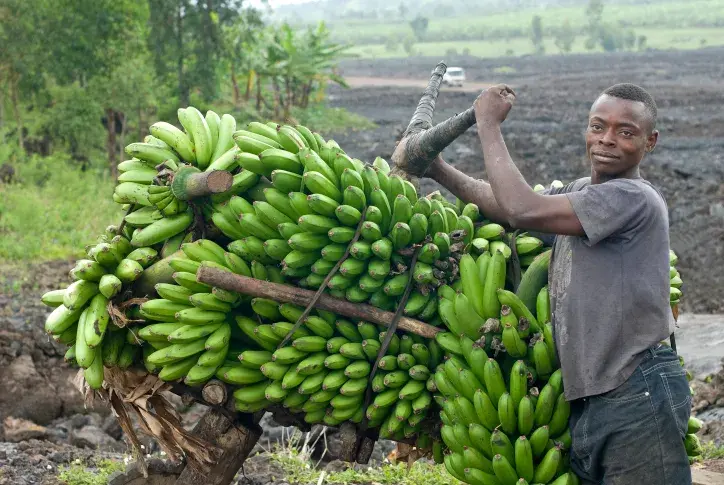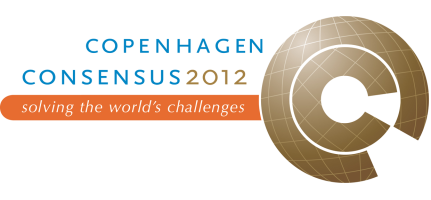Research
The third Copenhagen Consensus commissioned economics to research and write academic papers focused on the world's biggest challenges in ten different categories: Armed conflict, Biodiversity, Chronic Disease, Climate Change, Education, Hunger and Malnutrition, Infectious Disease, Natural Disasters, Population Growth, Water and Sanitation.
In addition, the Center commissioned research on Corruption and Trade Barriers. These two challenges have been examined in previous Copenhagen Consensus exercises but the Expert Panel is not prioritizing for Copenhagen Consensus, because the solutions to these challenges are political rather than investment-related.
Armed Conflict
An Assessment Paper on Armed Conflict has been written by J. Paul Dunne and released by the Copenhagen Consensus Center.
In addition two Perspective Papers have been released, one by Anke Hoeffler and one by Andrew Mack.
Armed conflict is a major global problem and disproportionately affects the world’s poorest. Conflict gets in the way of efforts to reduce poverty, ensure health and promote education. Not a single low-income country afflicted by violence has achieved even one of the eight Millennium Development goals.
The nature of war has changed with a decreasing role for formal armies, lack of battlefield engagement, and increased involvement of civilians as victims.
The costs from conflicts can be immense and devastating – yet they are almost always understated because we ignore the legacies that violence leave behind. The immediately apparent, direct costs are loss of life and injury on the battlefield. But in many countries conflict leads to far greater casualties because of economic collapse so that fewer can afford health care, proper food and education – indeed because of the long lag in economic recovery after a conflict, people will die for years after a conflict ends. In addition to the direct and legacy costs, there are the spinoff costs such as the expense of looking after refugees displaced by one country’s internal strife.

Biodiversity
An Assessment Paper on Biodiversity has been written by S. S. Hussain , A. Markandya, L. Brander, McVittie A, de Groot , Vardakoulias O, A. Wagtendonk and P. Verburg and released by the Copenhagen Consensus Center.
In addition two Perspective Papers have been released, one by John Whitehead and Paul Chambers, as well as one by Juha Siikamäki.
Salman Hussain and Anil Markandya note that there will be a significant loss of biodiversity over the next 40 years. They estimate that globally this loss could be around 12 percent, with South Asia facing a loss of around 30 percent and Sub-Saharan Africa of 18 percent.
These losses have a significant value, because of the ‘ecosystem services’ that humans obtain from nature. The value of these services has been estimated in monetary terms in a number of studies for temperate and tropical forests and grasslands. From this analysis, Hussain and Markandya derive figures for the losses that will occur when any patch of the same sort of natural area is lost.

Chronic Disease
An Assessment Paper on Chronic Diseases has been written by Prabhat Jha, Rachel Nugent, Stéphane Verguet, David Bloom and Ryan Hum and released by the Copenhagen Consensus Center.
Two Perspective Papers have also been released, one by Julia Fox-Rushby, as well as one by Marc Suhrcke.
Eighty percent of global deaths from heart disease, stroke, cancer, and other chronic diseases occur in low-income and middle-income countries.
But according to a recent review of donor health funding, chronic disease receives the smallest amount of donor assistance of all health conditions, having lost ground since 1990 relative to infectious diseases. Donor assistance for health was estimated at almost $26 billion in 2009. The amount allocated to chronic disease was $270 million, or about 1% of the total. Yet cardiovascular disease in low- and middle-income countries killed over twice as many people in 2001 as did AIDS, malaria, and TB combined.
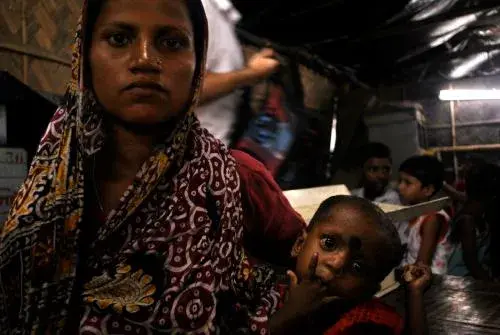
Climate Change Adaptation
An Assessment Papers on Climate Change Adaptation has been written by Francesco Bosello, Carlo Carraro and Enrica de Cian and released by the Copenhagen Consensus Center.
They find that the most important impacts of global warming will be on agriculture and tourism, where nations will lose, on average, about half a percent of GDP from each by mid-century. However, they point out that much of this damage will be avoided by people choosing for themselves to adapt to a change in their environment. Farmers will choose plants that thrive in the heat. New houses will be designed to deal with warmer temperatures.
Taking adaptation into account, rich countries will adapt to the negative impacts of global warming and exploit the positive changes, creating a total positive effect of global warming worth about half a percentage point of GDP.
In addition two Perspective Papers have also been released, one by Samuel Fankhauser, as well as one by Anil Markandya.

Climate Engineering
J. Eric Bickel and Lee Lane prepared new research for the third Copenhagen Consensus on Climate Engineering.
Greenhouse gases in Earth’s atmosphere, such as carbon dioxide (CO2), methane, and water vapor, cause the planet’s surface to be about 30°C warmer than would otherwise be the case. All else being equal, although all else may not be equal, higher GHG concentrations will raise global mean temperatures. Higher temperatures, and climate changes that may follow in their wake, are likely to lead to a mix of costs and benefits. As warming proceeds, its net effects will grow more negative.
J. Eric Bickel and Lee Lane argue that at a relatively low cost, climate-engineering could pay large dividends. This essentially means cooling the planet, by reflecting more of the sun’s rays back to space.
In addition two Perspective Papers have also been released, one by Samuel Fankhauser, as well as one by Anil Markandya.

Emission Abatement
Richard S. J. Tol wrote a new Assessment Paper for the third Copenhagen Consensus on Emission Abatement.
Tol argues that the costs of deep emission cuts are relatively small if emission reduction targets are lenient at first but accelerate over time; all emitting sectors are regulated and marginal abatement costs are the same; all gases are regulated and priced uniformly; all countries reduce emissions, and marginal costs are equal; and climate policy is coordinated with other policies. The costs of emission reduction rapidly escalate if such rules are are violated – which unfortunately, they often have been in the past.
In addition two Perspective Papers have also been released, one by Samuel Fankhauser, as well as one by Anil Markandya.

Technology-led Mitigation
Isabel Galiana and Christopher Green released the Assessment Paper on Technology-led Mitigation through the Copenhagen Consensus Center for the third meeting of the Copenhagen Consensus.
Galiana and Green propose a technology-led climate policy, centred on increased research and development, testing and demonstration of scalable, reliable, and cost effective low carbon emitting energy technologies funded by a low but gradually rising carbon tax. They argue that the size of the energy technology challenge to “stabilizing climate” is huge, and there is a current lack of technological readiness and scalability in low-carbon energy sources.
In addition two Perspective Papers have also been released, one by Samuel Fankhauser, as well as one by Anil Markandya.

Education
An Assessment Paper on Education has been written by Peter F. Orazem and released by the Copenhagen Consensus Center.
Two Perspective Papers have also been released, one by George Psacharopoulos, as well as one by Lant Pritchett.
Over the past 50 years, remarkable progress has been made ensuring that children receive basic education. More than sixty percent of adults in low-income countries can read and write, whereas in 1962, just one-third were literate. Today, nearly nine-in-ten children globally complete primary school.
However, in education – as in other developmental challenges – progress is uneven. Across sub-Saharan Africa, nearly one-quarter of primary aged children are not in school. In Equatorial Guinea, 46% of children are not being educated. In South Asia, progress has generally been impressive, but 34% of Pakistan’s primary aged children are not in school. The worst educational outcomes occur in the nations that rank among the most poorly governed.
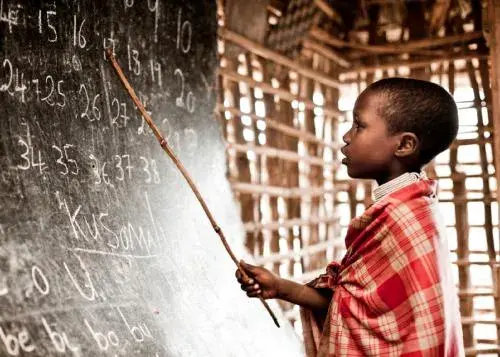
Hunger and Malnutrition
An Assessment Paper on Hunger and Malnutrition has been written by John Hoddinott, Mark Rosegrant, and Maximo Torero and released by the Copenhagen Consensus Center.
In addition two Perspective Papers have been released, one by Beatrice Rogers, as well as one by Anil Deolalikar.
The problem of hunger can be solved. The planet creates more than enough food to meet everyone’s needs. But there are still about 925 million hungry people in the world, and nearly 180 million pre-school children do not get vital nutrients.
In 2008, the last global Copenhagen Consensus project focused attention on the problem of hidden hunger. A team of Nobel laureate economists found that micronutrient interventions – fortification and supplements designed to increase nutrient intake – were the most effective investment that could be made, with massive benefits for a tiny price-tag. In research for Copenhagen Consensus, researchers John Hoddinott, Mark Rosegrant, and Maximo Torero again propose that decision-makers prioritize micronutrient interventions, and update the analysis of the costs and benefits of doing so. For less than $700 million annually, it would be possible to eliminate vitamin A deficiencies in pre-school children, eliminate iodine deficiency globally and dramatically reduce maternal anemia during pregnancy. But they also offer new solutions including bundling nutrition interventions; increasing global food production; and improving market functioning through better communications and increased competition in fertilizer markets.
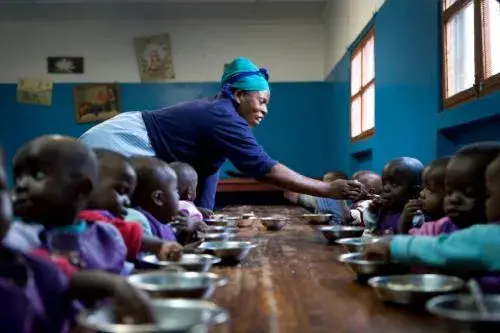
Infectious Disease
An Assessment Paper on Infectious Diseases has been written by Dean Jamison, Prabhat Jha, Ramanan Laxminarayan and Toby Ord and released by the Copenhagen Consensus Center.
Two Perspective Papers have also been released, one by David Canning, as well as one by Till Bärnighausen, David Bloom and Salal Humair.
Dean Jamison, Prabhat Jha, Ramanan Laxminarayan, and Toby Ord identify five top priorities in the fight against infectious disease.
The most important of these is malaria treatment. There is a rapid spread of resistance of the malaria parasite to the previously effective, inexpensive, and widely available drugs that have provided an important partial check on the high levels of malaria child deaths in Africa. The resistance to these older drugs is leading to a rise in deaths and illness that could be substantial. The death rate increase results in hundreds of thousands more deaths than would otherwise have occurred. A high priority for additional spending is to reduce the relative prices that poor countries face for new artemisinin combination therapies, (through the so-called ‘Affordable Medicines Facility-malaria’). Every million dollars spent on this ‘Facility’ means about 300,000 more children treated, of which 20,000 are children with severe malaria. Among these, the deaths of 1,000 children would be averted. Thus, spending $300 million a year would save 300,000 child deaths, with benefits put in economic terms that are 35 times higher than the costs. Various donors are reviewing extending this Facility this fall, and this analysis suggests it is one of the best returns on health that could be made globally.
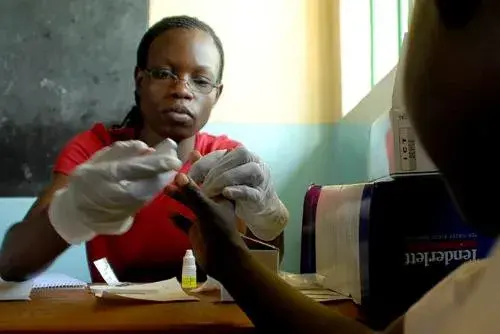
Natural Disasters
An Assessment Paper on Natural Disasters was written by Howard Kunreuther and Erwann Michel-Kerjan and released by the Copenhagen Consensus Center.
In addition two Perspective Papers have been released, one by Ilan Noy, as well as one by Stéphane Hallegatte.
In recent years, the world has experienced a series of truly devastating natural disasters that have taken many lives and triggered unprecedented economic losses. Hurricane Katrina in 2005 in the United States, the 2010 massive floods in Australia and the 2011 earthquake/tsunami in Japan, among other events, have demonstrated that even the most wealth and well prepared countries can experience large-scale damage and destruction when natural disasters strike.
The situation is much worse in low-income countries since they often do not have the financial means to protect their population and economy against catastrophes. In addition, building codes are lacking or not well enforced and the infrastructure is often poorly designed for disseminating information prior to a disaster, and assisting victims in a timely manner after its occurrence. The earthquake in Haiti in 2010 illustrates the challenges of an unprepared and poor country.
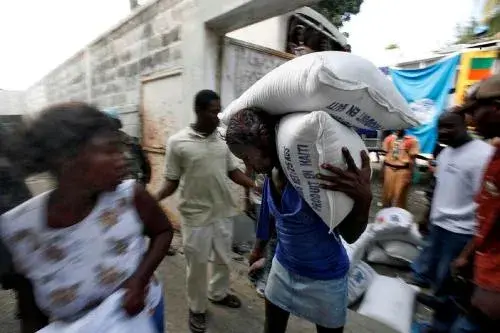
Population Growth
An Assessment Paper on Population Growth has been written by Hans-Peter Kohler and released by the Copenhagen Consensus Center.
In addition two Perspective Papers have also been released, one by by David Lam, as well as one by Oded Galor.
In research for Copenhagen Consensus, Hans-Peter Kohler of the University of Pennsylvania focuses on assisting sub-Saharan African nations that make the dominant contribution to world population growth resulting from high fertility countries. These nations are among the poorest and most vulnerable in the world, often having weak institutions and capacities to manage population growth.
Current ‘high fertility’ countries account currently for about 38% of the 78 million persons that are added annually to the world population, despite the fact that they are home to only 18% of the current population . After 2060, world population is projected to grow exclusively as a result of population growth in the current high fertility countries.
Kohler notes that the overall Sub-Saharan African population increase peaked in the early 1980s and has been declining from its peak of 2.8% in 1980–85 to 2.5% in 2005-10, although growth remains more than twice as high as the global rate.
The overall growth rate masks substantial differences. There are nine countries that are expected to more than triple their population between 2010 and 2060, with population growth rates between 2.2 and 3.0 percent: Burkina Faso, Niger, Zambia, Malawi, Somalia, Tanzania, Uganda, Mali, and Madagascar.
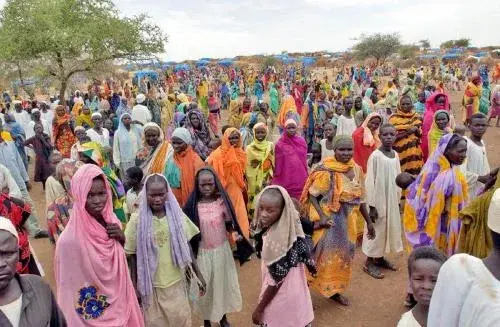
Water and Sanitation
An Assessment Paper on Water and Sanitation has been written by Frank Rijsberman and Alix Zwane and released by the Copenhagen Consensus Center.
In addition two Perspective Paper have been released, one by by W. Michael Hanemann, as well as one by Guy Hutton.
The world has met the Millennium Development Goal on the provision of clean drinking water five years early, but is set to miss its goal on basic sanitation by almost 1 billion people. An astonishing one-third of the world population, 2.5 billion people, lack access to basic sanitation and over one billion people defecate out in the open.
Inadequate sanitation caused a cholera outbreak in Haiti in late 2010 that has now made half a million people sick and cost some 7000 lives; smaller cholera outbreaks are still commonplace during the rainy season in Bangladesh or the low-lying parts of many Africa cities. Diarrheal diseases are still a leading cause of death for children under five, second only to respiratory infections. The World Bank concludes that the economic impact of poor sanitation can be as high as 7% of GDP for some Asian countries and on the order of 1-2% of GDP for African countries.
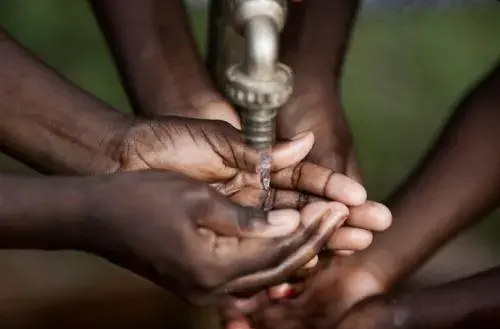
Corruption
A Working Paper on Corruption has been written by Susan Rose-Ackerman and Rory Truex and released by the Copenhagen Consensus Center.
Policies designed to improve the quality of life for the poor and to spur economic growth often fail. A program that succeeds in one country or even in one village may not work in another. Promising experiments may not be capable of replication and may be impossible to scale up to cover an entire country. Reformers are often told: “One size does not fit all.” Yet, problems of poor health, low educational attainment, degraded natural environments, and violence and crime are widespread. Why shouldn’t similar policies work in various settings?
In their Working Paper for Copenhagen Consensus Susan Rose-Ackerman and Rory Truex argue that, over and above substantive differences, a key reason for cross-country differences in policy efficacy is the quality of government and the ubiquity of corruption and related forms of self-dealing by politicians, civil servants, and the private individuals and business interests with whom they interact. A policy that works quite well in one country may fail in another with lower quality governance.

Trade Barriers
A Working Paper on Trade Barriers has been written by Kym Anderson and released by the Copenhagen Consensus Center.
In the past three decades, there have been reductions in the numerous barriers to international trade in goods, in some services, and in capital flows. Even so, many remain. Such policies hurt the economies imposing them, but are particularly harmful to the world’s poorest people.
In his Working Paper for Copenhagen Consensus, Kym Anderson argues that addressing this challenge would therefore also reduce poverty and thereby assist in meeting several of the other challenges identified in this project, including malnutrition, disease, poor education and air pollution.
The reluctance to reduce trade distortions is almost never because such policy reform involves government treasury outlays. Rather, trade distortions (and barriers to immigration) remain largely because further liberalization and subsidy cuts would redistribute jobs, income and wealth in ways that those in government fear would reduce their chances of remaining in power and, in countries where corruption is rife, possibly their own wealth.
